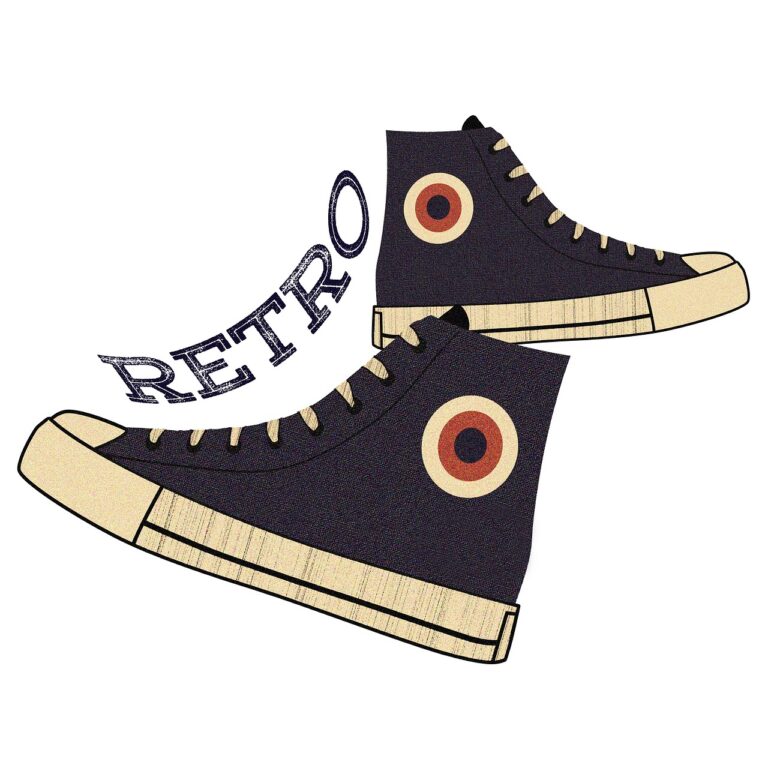Adventure Travel First Aid Kit Essentials: Being Prepared for Emergencies in Remote Locations
Bandages play a crucial role in the process of wound care by providing a protective cover that helps prevent infections and promotes healing. It is essential to choose the right type of bandage based on the size and location of the wound to ensure proper protection and comfort for the patient. From adhesive strips to gauze pads, there is a wide range of bandage options available to cater to various wound care needs.
Wound dressings are used to cover and protect wounds, aiding in the healing process by creating a barrier against contaminants and promoting moisture balance. Depending on the type of wound and its stage of healing, different types of wound dressings such as hydrocolloid, alginate, or foam dressings may be recommended. Proper wound dressing selection and application are crucial in facilitating optimal wound healing and reducing the risk of complications.
Antiseptic wipes or solution
When it comes to keeping your first aid kit well-stocked and prepared for any situation, antiseptic wipes or solution are an essential component. These products are designed to clean and disinfect minor cuts, scrapes, and wounds to prevent infections. Antiseptic wipes are convenient for on-the-go use, while antiseptic solutions offer a more thorough cleaning option for larger wounds.
Antiseptic wipes contain ingredients like alcohol or benzalkonium chloride that work to kill bacteria and germs on the skin. They are gentle enough to use on sensitive areas and are a quick and effective way to cleanse minor injuries. Antiseptic solutions, on the other hand, can be applied using cotton balls or swabs to clean wounds more thoroughly before bandaging. Having both antiseptic wipes and solutions in your first aid kit ensures you have the right tools to properly clean and disinfect wounds, helping to promote faster healing.
Tweezers for removing splinters or ticks
When encountering splinters or ticks embedded in the skin, tweezers are a handy tool for safe and effective removal. It is important to choose tweezers with fine-tipped precision to grasp the splinter or tick as close to the skin’s surface as possible. This ensures the entire object is removed without leaving any residue behind, reducing the risk of infection.
Before using tweezers, it’s essential to disinfect them with alcohol to minimize the chances of introducing bacteria into the wound. Hold the tweezers firmly and gently pull straight out in the direction of the splinter or tick’s entry. Avoid squeezing or twisting the tweezers during removal to prevent breakage or leaving behind parts of the object. After extraction, clean the site with antiseptic wipes and monitor for any signs of infection, such as redness, swelling, or increased pain.
How should I use tweezers to remove a splinter?
First, clean the affected area with antiseptic wipes or solution. Then, use the tweezers to grasp the splinter as close to the skin as possible and pull it out in the same direction it entered.
What should I do after removing a splinter with tweezers?
After removing the splinter, clean the area again with antiseptic wipes or solution. You may also apply a bandage or wound dressing if needed.
How do I use tweezers to remove a tick?
When removing a tick, use fine-tipped tweezers to grasp the tick as close to the skin as possible. Slowly and steadily pull the tick straight out without twisting or crushing it.
Is it important to disinfect the area after removing a tick with tweezers?
Yes, it is recommended to clean the area with antiseptic wipes or solution after removing a tick to reduce the risk of infection.
Can any type of tweezers be used to remove splinters or ticks?
It is best to use fine-tipped tweezers specifically designed for removing splinters or ticks. Avoid using blunt or inadequate tweezers as they may not be effective.





